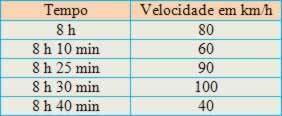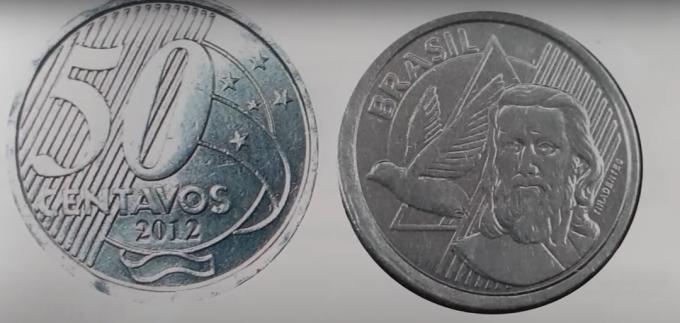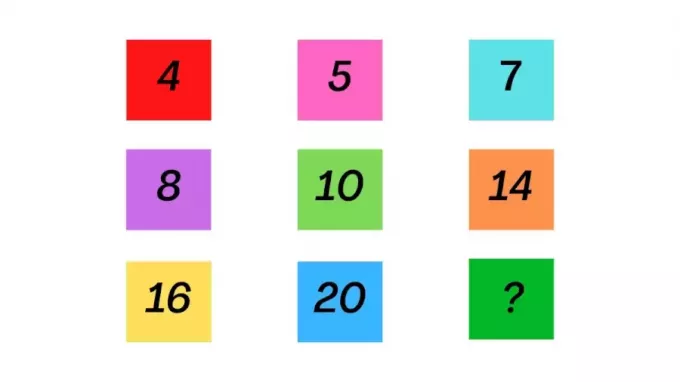We live in a world where we try to solve our problems quickly. That way, we always want things to be built in a way that streamlines our daily tasks. The search for such agility reminds us that the first locomotives, built around 1829, did not exceed 46 km/h. This speed even worried doctors at the time, because according to their clinical conceptions the traveler could suffer a retinal detachment due to this speed. We now know that very high speeds have already been reached, so this conception proved unfounded.
But what does a speed of 40 km/h mean? Within the physical concepts, this value expresses that a mobile will suffer a displacement of 40 km if it maintains this speed constant for one hour, that is, 40 km per hour. The term 40 km refers to the displacement of the rover and hour (h) is a unit of time measurement. Thus, we can conclude that the speed of a mobile shows the displacement described by it in a unit of time.
Let's suppose that on a journey between two cities, an automobile develops varying speeds. At each instant, your speedometer will register these different speeds, which will be called
instant speeds.instantaneous speed
Imagine driving a car on a journey. After a certain moment, you look at the speedometer and the clock and start noting down the indicated speeds over time. Suppose the values noted are those in the table below:

Note that for each time marked, that is, for each instant, we can associate a value for the speed of the car. Therefore, for each value indicated by the speedometer at a given time, we call instantaneous speed.
By Domitiano Marques
Graduated in Physics
Source: Brazil School - https://brasilescola.uol.com.br/fisica/velocidade-escalar-instantanea.htm


